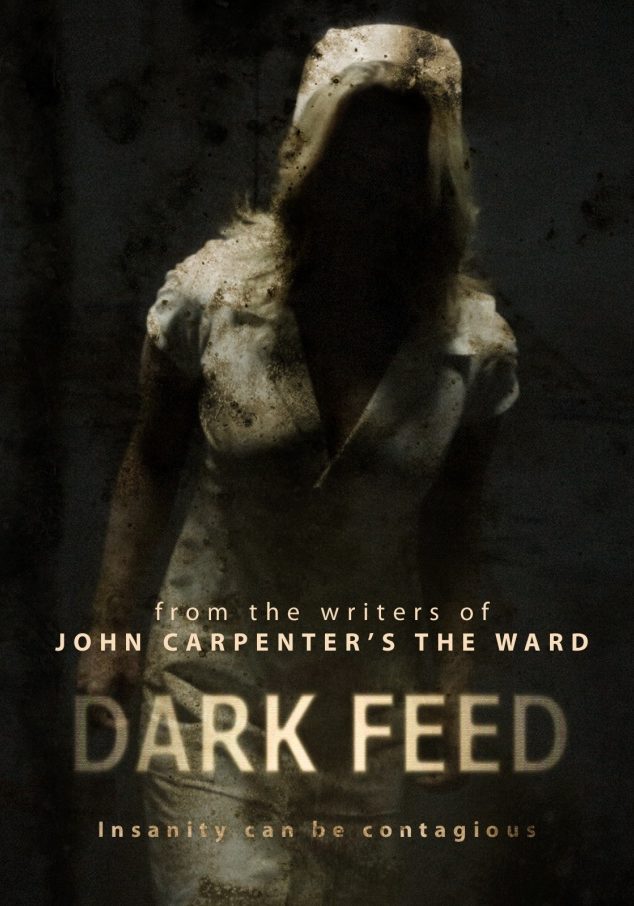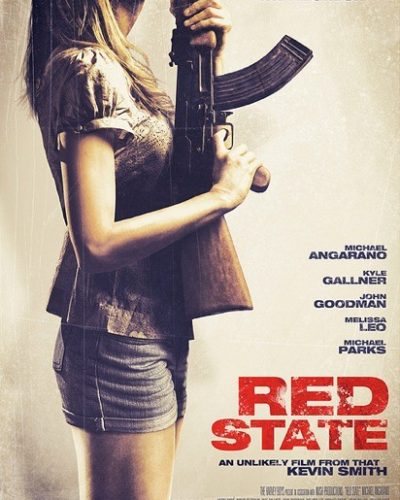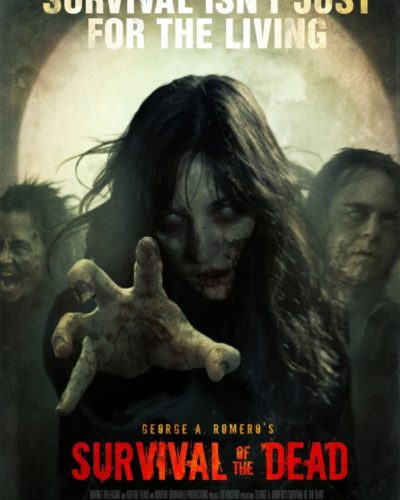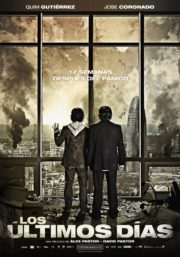A Journey Through Madness: ‘Dark Feed’ Lingers in the Psyche
“Sometimes the walls can talk, and sometimes, they scream.” ‘Dark Feed,’ directed by Michael and Shawn Rasmussen and released in 2013, pulls the audience into a derelict psychiatric hospital where a film crew experiences terrors beyond the script that they’re shooting. What begins as a cost-effective film set soon unravels into a nerve-wracking playground for darkness. This spoiler-free introduction eases you into a building nightmare, where both cast and crew of the film-within-the-film start to lose their grip on reality as the hospital’s sinister history infiltrates their sanity.
Labyrinth of Shadows: Crafting the Fabric of Fear
Atmosphere and Tone: ‘Dark Feed’ establishes an eerie backdrop replete with decrepit hallways and abandoned operation rooms that serve as a character in their own right. The film predominantly relies on a foreboding ambiance over outright terror. For some viewers, the setting might not always sustain the momentum of fear, diluting the much-needed suspense.
Cinematography and Visuals: The cinematography utilizes the building’s claustrophobic spaces to their potential, with the camera often acting as a silent observer to the brewing madness. Although the effects are modest, they often layer the visuals with a haunting veneer. However, the reliance on dim lighting, while mood-setting, frequently obscures more than it reveals, leading to viewer frustration more than fear.
Soundtrack and Sound: Audio plays a precarious dance between subtlety and silence, punctuated by jarring cacophonies at the crescendos of fear. The use of sound is at times effective in ramping up tension, but consistency is a struggle, leading to uneven impacts on the viewer.
The Masks of Madness: Characters in the Hall of Horror
Performances: The portrayal of unraveling minds requires a deft touch, but the performances here are a mixed bag. While some actors convincingly succumb to the insidious influence of the setting, others fall short, unable to convey the depth of dread that their characters should be experiencing. This inconsistency detracts from the immersion that is vital for a horror film to grip its audience.
Type of Horror and Fright Methods: The Rasmussen brothers navigate through psychological horror with ‘Dark Feed,’ leveraging the desolation of the mind rather than creature features or excessive gore. Yet, the methods employed to instill fear seem formulaic at times, with reliance on jump scares that are telegraphed far ahead of their execution.
More Than Shadows: The Significance Beyond the Screams
Themes and Societal Commentary: Deeper within ‘Dark Feed’s narrative lurks a commentary on the insidious nature of places imbued with suffering and the way they can imprint upon those who enter. It attempts to delve into the human psyche and the consequences of immersing in environments steeped in anguish. While the premise is intriguing, the execution might leave the philosophical craving more.
Effectiveness and Audience: As a horror movie, ‘Dark Feed’ straddles the line between unnerving and predictable, but it has moments that will satisfy those who favor atmosphere over action in their horror diet. Horror enthusiasts with an appreciation for indie efforts might find this to be an intriguing, if not groundbreaking, experience.
Comparisons and Recommendations: Compared to the classics of the genre, ‘Dark Feed’ doesn’t quite reach the heights of ‘Session 9’ or the original ‘House on Haunted Hill,’ but it could appeal to fans of lower-budget ventures that focus on psychological tension. It’s unlikely to resonate with viewers seeking high-octane scares or intricate plot development.
Conclusion: In the end, ‘Dark Feed’s strength lies in its atmospheric presence, albeit hampered by inconsistent performances and foreseeable frights. It’s a film that threads familiar paths in the psychological horror realm and, while it doesn’t venture far into uncharted territory, offers a creepy exploration of a haunting setting.
Content warning: The film does contain some graphic scenes and unsettling imagery that may not be suitable for all audiences. ‘Dark Feed’ is best approached by those with a penchant for psychological horror and a tolerance for indie film quirks.




